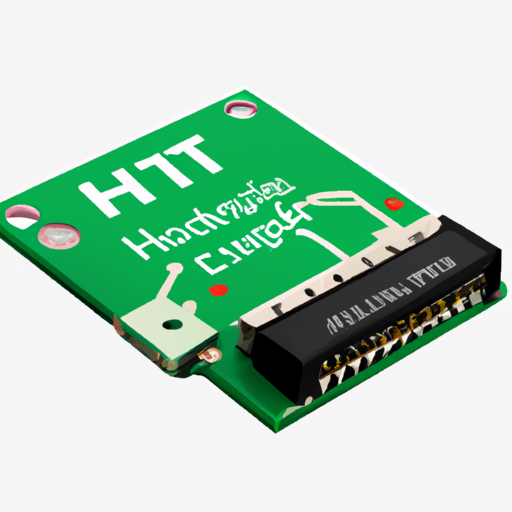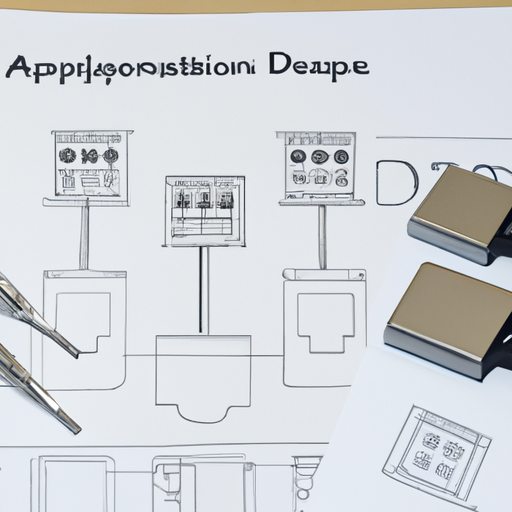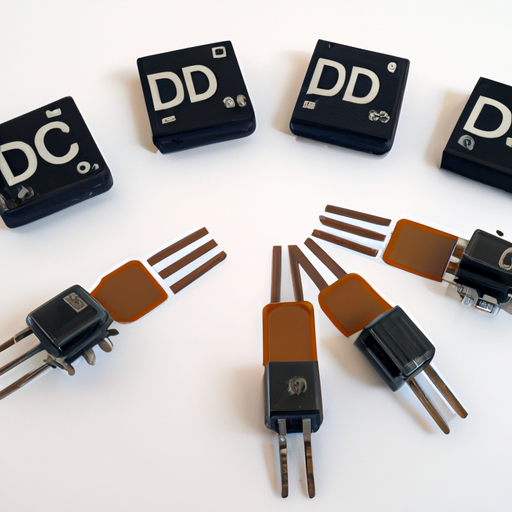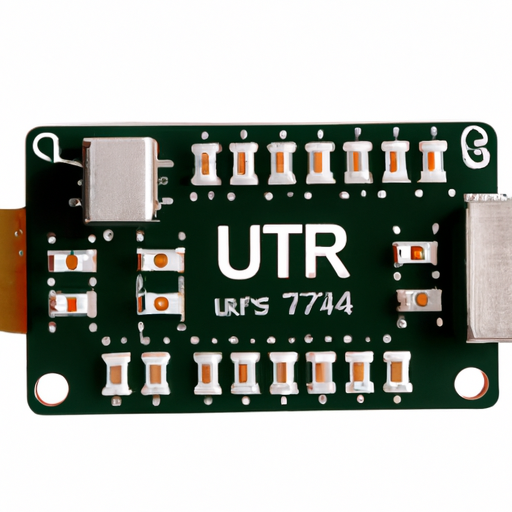1N5236B-T Hot Swap Controllers highlighting the core functional technology articles and application development cases of Hot Swap Controllers that are effective.
Hot Swap Controllers: Core Functional Technology and Application Development
Introduction to Hot Swap Controllers
Hot swap controllers are critical components in contemporary electronic systems, enabling the safe insertion and removal of circuit boards or components without disrupting the power supply. This functionality is vital in applications where continuous operation is paramount, such as telecommunications, data centers, and industrial automation.
Core Functional Technology of Hot Swap Controllers
1. Power Management: Hot swap controllers regulate the power supply to the device being inserted or removed, ensuring that voltage and current levels remain within safe limits to prevent component damage.
2. Inrush Current Control: When a device connects to a power source, it can draw a significant inrush current. Hot swap controllers mitigate this inrush current to protect both the device and the power supply from potential damage.
3. Fault Protection: These controllers often incorporate features such as overcurrent protection, thermal shutdown, and short-circuit protection, safeguarding both the hot swap controller and the connected load from faults.
4. Status Indication: Many hot swap controllers provide status outputs that convey the health of the power supply and the connected load. This includes signals for power good, fault conditions, and operational status.
5. Control Logic: Hot swap controllers typically feature control logic that manages the sequencing of power to the load, ensuring that power is applied in a controlled manner to prevent sudden surges.
6. Communication Interfaces: Advanced hot swap controllers may offer communication interfaces (like I2C or SPI) for integration with microcontrollers or other system components, enabling sophisticated monitoring and control capabilities.
Application Development Cases
1. Telecommunications Equipment: In telecom systems, hot swap controllers facilitate the replacement of line cards or other components without taking the entire system offline, which is crucial for maintaining service availability.
2. Data Centers: Hot swap controllers are extensively used in server power supplies and storage systems, allowing for the replacement of power modules or drives without interrupting server operations, thereby enhancing reliability and uptime.
3. Industrial Automation: In manufacturing environments, hot swap controllers support the maintenance of control systems and sensors, enabling quick repairs and upgrades without halting production processes.
4. Consumer Electronics: In devices such as gaming consoles and high-end audio equipment, hot swap controllers allow users to replace or upgrade components like power supplies or storage drives without powering down the entire system.
5. Medical Devices: In critical medical applications, hot swap controllers ensure that devices can be serviced or upgraded without compromising patient safety or interrupting essential monitoring functions.
Conclusion
Hot swap controllers, including models like the 1N5236B-T, are essential for enhancing the reliability and maintainability of electronic systems across various industries. Their ability to manage power safely during component changes is crucial for applications where downtime is unacceptable. As technology continues to advance, the integration of sophisticated features in hot swap controllers will further expand their functionality and application scope.
For developers, a thorough understanding of the core functionalities and potential applications of hot swap controllers is vital for designing robust systems that meet the demands of modern electronic environments. By leveraging these technologies, engineers can create systems that are not only efficient but also resilient to the challenges of continuous operation.






